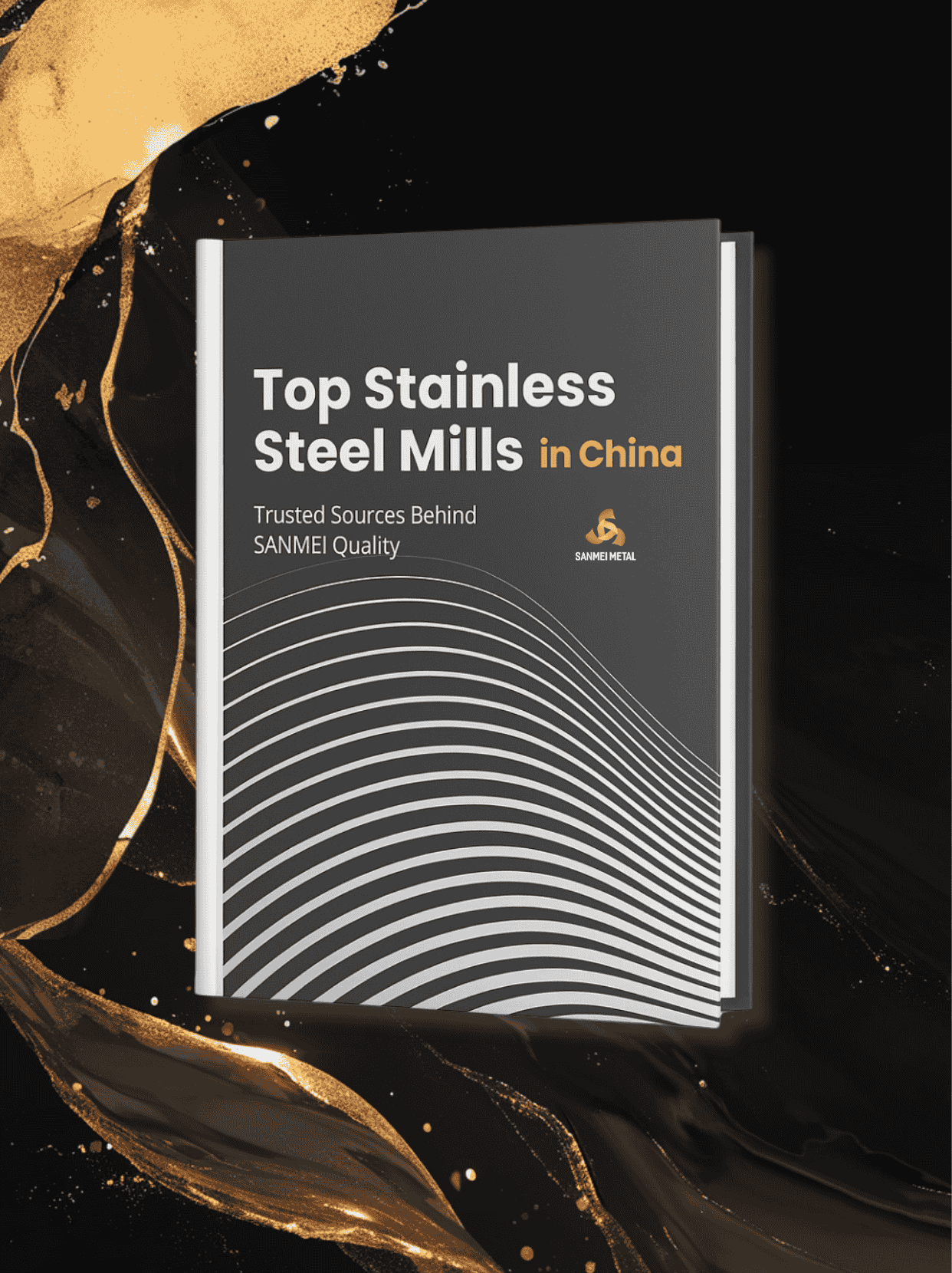
Get Your FREE Access: China’s #1 Steel Mill Dossier
Buyer-Oriented: Match mills by grade/finish/width-thickness/application
BAOWUTsingshanLiscoTisco


316 is equivalent to
Corrosion Resistance of 316 Stainless Steel
Better than 304 due to the addition of molybdenum, making it suitable for marine environments, chemical processing plants, and coastal areas. It resists pitting and crevice corrosion in chloride environments.
Heat Resistance of 316 Stainless Steel
Good oxidation resistance in intermittent service up to 870°C and continuous service up to 925°C. Not recommended for continuous use between 425-860°C in corrosive environments, where 316L is preferred.
Machinability of 316 Stainless Steel
Machinability: Similar to 304, with good machinability. Requires sharp cutting tools and adequate lubrication.
Welding of 316 Stainless Steel
Can be welded using all conventional techniques. Post-weld heat treatment is not necessary.
Hot Working of 316 Stainless Steel
Temperature range is 927-1204°C.
Annealing of 316 Stainless Steel
Anneal at 1038°C followed by rapid cooling.
Application Limitations of 316 Stainless Steel
Susceptible to stress corrosion cracking above 60°C.
Heat Treatment of 316 Stainless Steel
Can not be hardened by heat treatment but can be strengthened by cold working.
| 316 Stainless Steel Mechanical Property | ||||
| Property | Yield Strength, min. (ksi) | Tensile Strength, min. (ksi) | Elongation, min. (%) | Hardness, max. (Rb) |
| 316 | 45 | 95 | 40 | 100 |
| Physical Properties of 316 Stainless Steel | ||
| Property | Value | Unit |
| Density | 0.283 | lb/in³ |
| Modulus of Elasticity | 28.6 × 10⁶ | psi |
| Coefficient of Thermal Expansion (68-212°F) | 9.2 × 10⁻⁶ | /°F |
| Thermal Conductivity | 9.4 | Btu/ft·hr·°F |
| Specific Heat | 0.12 | Btu/lb·°F |
| Electrical Resistivity | 27 | Microohm-in |
| Grade | C (Max) | Cr (Max) | Ni (Max) | Mo (Max) | Mn (Max) | Si (Max) | N (Max) | P (Max) | S (Max) |
| 316 | 0.08 | 16.0-18.0 | 10.0-14.0 | 2.00-3.00 | 2 | 0.75 | 0.1 | 0.045 | 0.03 |



Curious about 316 stainless steel? Our comprehensive Q&A guide has got you covered! Whether you’re a beginner exploring the basics or a professional looking for advanced insights, this article answers 100 essential questions in a clear, engaging format.

| Type | Width (mm) | Weight (MT) | Thickness (mm) | ||||
| 316 Coil | 1000, 1219, 1240, 1500 or Customized | 3-10 | 0.15-3.0 | ||||

| Type | Width (mm) | Length (mm) | Thickness (mm) | |||||||||
| 316 Sheets | 1000, 1219, 1240, 1500 or Customized | 2000, 2438, 2500, 3000, 3048 | 0.3-3.0 | |||||||||
We are committed to giving our customers the best and highest quality service to ensure our customers' satisfaction.









Certified by prestigious institutions and committed to adhering to international standards in every aspect.




Customer feedback is the most authentic reflection of a company's quality.
View more technical references from Sanmei Metal regarding stainless steel coils and stainless steel sheets.
Headquarters:
Creating Center, No.142, Yuhe Road, Lecong Town, Shunde District, Foshan City, Guangdong Province, China. 528315
Factory: Liyuan Logistics City, Chencun Town, Shunde District, Foshan City, Guangdong Province, China. 528313
Australia Local Support Base: (Yatala, QLD) – Coming 2026